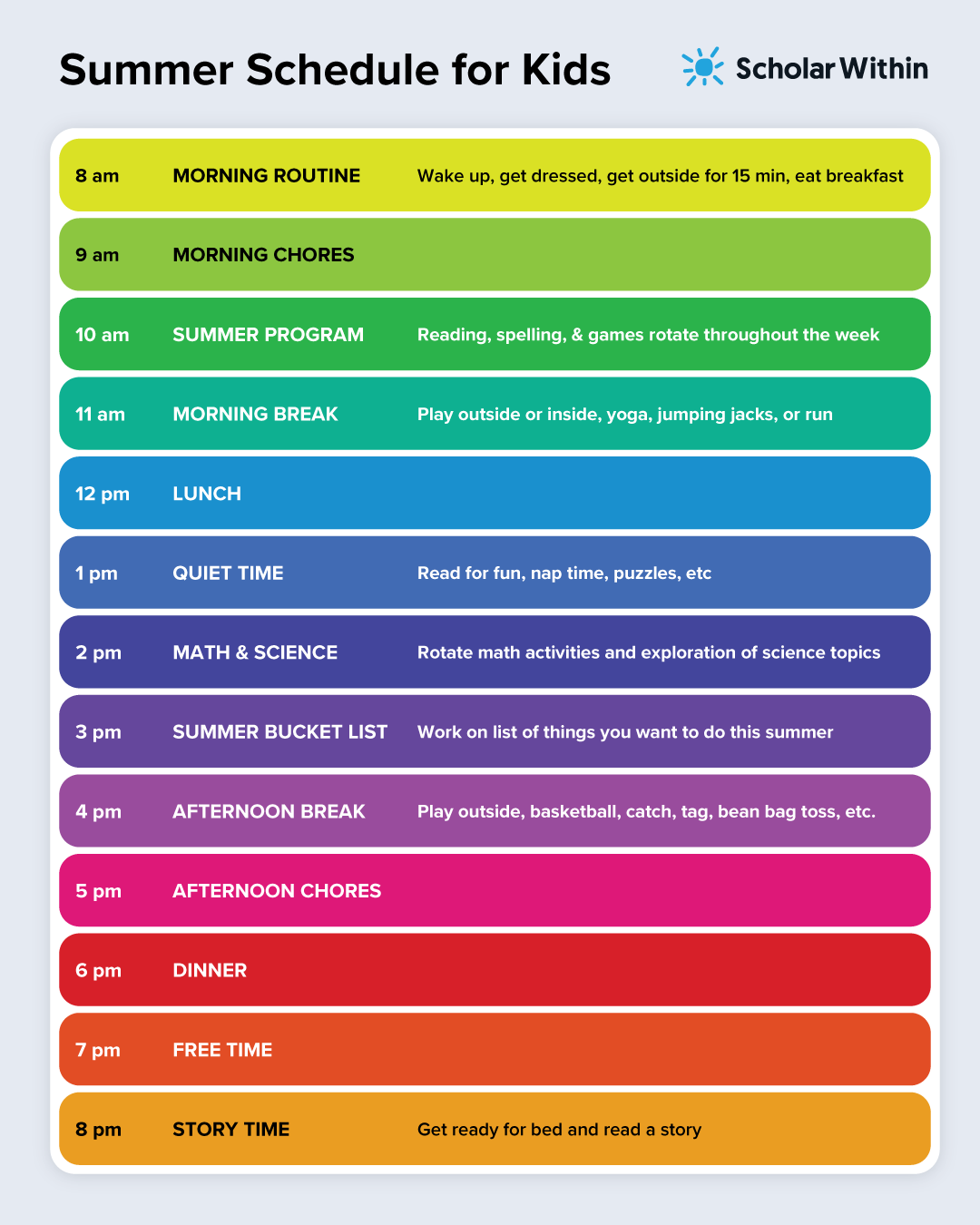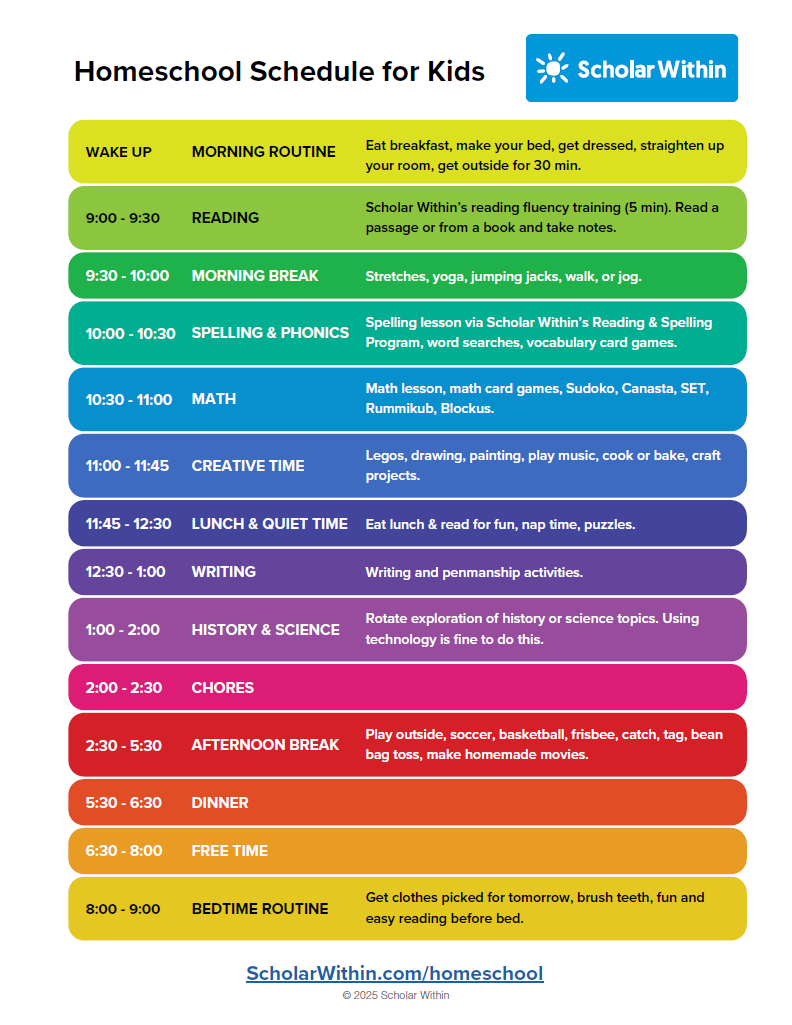
Visual Discrimination and Reading
Visual Discrimination
Visual discrimination is the ability to discern subtle similarities and differences visually. This is the process of seeing the details of what we are looking at.
What is the same? What is different? Shapes, sizes, and colors are details to be looked at. In regard to reading, when you see the details and differences of shapes, you are able to create meaning from a group of letters into words and sentences.
Visual discrimination is a critical skill when children are learning to read. This helps kids notice the differences between letters and words.
Kids who are dyslexic often have trouble noticing the differences between letters and words and may mistake one letter for another.
Visual discrimination is part of visual perception. The good news is that you can train your eyes and brain to more critically notice the differences and improve your overall visual processing skills even if you are dyslexic or have reading problems.

The Link Between Visual Discrimination and Reading
Most of us know that visual discrimination is a foundational reading skill, but we typically don’t think about the connection between discrimination and fluency. If you aren’t able to distinguish subtle similarities and differences between letters and words visually, you can’t read fluently, quickly, and accurately. This may cause a person to re-read the words or sentence that was difficult to discriminate visually. An additional part of visual discrimination is form constancy.

What is Form Constancy?
Form constancy is your ability to recognize objects when they are viewed from a different angle. For example, a shoe is a shoe is a shoe whether I am viewing it from the top of it, the side of it, or when it is upside down. Books also have form constancy. A book, from any direction you view it, is a book. However, not all letters have form constancy.
Visual Discrimination and Form Constancy
So, when thinking about visual discrimination, you also need to consider form constancy. This is your ability to discern similarities and differences visually while keeping track of the position in space. Again, most, but not all letters have form constancy.
The letters /b/, /d/ and /p/ and /q/ all have the same shape. The same shape turned around is now a different letter. The same thing happens with the letters /W/ and /M/. The number /5/ and the letter /S/ are also often confused. The order in which the letters appear within a word is also part of the discrimination process.
For example; where the letters below appear in relation to each other determines whether they have meaning or not.
fun nuf fnu fun
Additionally, being able to find the letter groupings (words) that are the same, in the same order, is an important skill necessary for fluent reading.
Which ones are the same in this line?
bud, dub, bdu, bud, ubd
The problems associated with visual discrimination and form constancy have been documented in studies as far back as the Reading Research Quarterly 1965.
When you have problems telling whether similar words are the same or not, as well as whether letters within a word are the same, reading becomes difficult. Read the following sentence:
The doy ment to the store to duy a dat.
Does that make sense to you?
The sentence is actually:
The boy went to the store to buy a bat.
By not discriminating the letter /b/ as a /b/ and the letter /w/ as a /w/, the sentence doesn’t make sense.
The Good News About Perception
The way we intake and process information is important. It directly impacts our ability to learn. The good news is that these different areas of perception are learned skills, so they can improve. Understanding which areas of processing aren’t working as well as they could, should, and can is the first step to making a difference. The second step is to address the specific areas with activities designed to improve those areas.
Visual Discrimination and Form Constancy Activities
- Matching Activities
- Graphing Activities
- Sorting Activities
- Puzzles
- Fluency Training
Scholar Within’s Summer Reading Program
Our Summer Reading Program has reading fluency training built-in each day. By doing a short reading fluency drill before you read a selection, you fine-tune your visual discrimination skills and eye-tracking. This then makes it easier to read a passage. These drills help speed up your visual processing whether you are a beginning reader or even an adult. We also have spelling puzzles and word-attack card games that work on areas of visual processing.

Who is Scholar Within?
Scholar Within was founded by learning expert Bonnie Terry, M.Ed., BCET. Bonnie began designing and developing her own custom educational tools when she started her private learning center in the 1990s. Teachers kept asking what she was using with the kids who saw her because of the dramatic improvements that the kids made in school. From there, Bonnie decided to make her materials available to teachers and families worldwide.
Now, Bonnie Terry has turned her materials into a full-service online program that you can follow step-by-step at home, on your schedule. School alone is not enough anymore. Bonnie’s programs boost your kid’s overall learning skills by focusing on improving the auditory, visual, and tactile processing areas of your brain to make it work more efficiently.
Learn more about Scholar Within.



